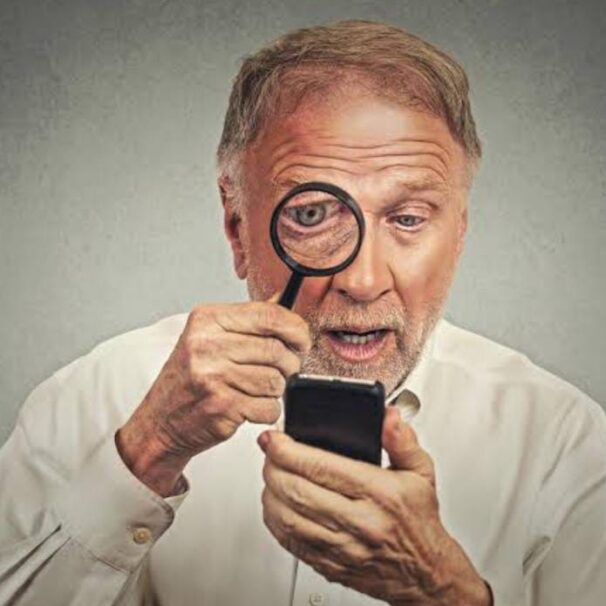HealthProviders DB is a comprehensive database of healthcare providers, including a complete directory of all Low Vision Occupational Therapists.
Occupational Therapist Healthcare Taxonomy Code 225XL0004X
As of today, the following are the total number of Low Vision Occupational Therapists nationally, in your State, and near your location.
Select a State below to view the list by State. Additionally, you can narrow the list by city, among other options, from the Filter Panel, which you can open by clicking the vertical ellipses ⋮ in the upper right corner of the app.
Alaska – Alabama – Armed Forces Pacific – Arkansas – American Samoa – Arizona – California – Colorado – Connecticut – District of Columbia – Delaware – Florida – Federated States of Micronesia – Georgia – Guam – Hawaii – Iowa – Idaho – Illinois – Indiana – Kansas – Kentucky – Louisiana – Massachusetts – Maryland – Maine – Marshall Islands – Michigan – Minnesota – Missouri – Northern Mariana Islands – Mississippi – Montana – North Carolina – North Dakota – Nebraska – New Hampshire – New Jersey – New Mexico – Nevada – New York – Ohio – Oklahoma – Oregon – Pennsylvania – Puerto Rico – Palau – Rhode Island – South Carolina – South Dakota – Tennessee – Texas – Utah – Virginia – Virgin Islands – Vermont – Washington – Wisconsin – West Virginia – Wyoming
Medicare
The following are the total number of Low Vision Occupational Therapists who accept Medicare in your State, the number who have opted out of Medicare, and the total number excluded from participation in Medicare nationwide.
The diagram below shows all the Low Vision Occupational Therapists across the country, represented by blue bubbles. The larger the bubble, the greater the concentration of providers in that area. Red bubbles represent Medicare-excluded providers, with the larger bubbles indicating a higher percentage of excluded providers in that region. You can change the bubble size to be based on exclusions from the Size menu.
What do Low Vision Occupational Therapists do?
Low vision occupational therapists help individuals with low vision improve their independence and quality of life by teaching them to use their remaining vision effectively and adapt tasks and their environment.
They provide assessments and training in visual techniques such as eccentric viewing, recommend and train clients on assistive technology and devices, such as magnifiers, and offer strategies for home safety, mobility, and managing daily activities, such as cooking and medication management.
How do they help with visual skills?
Teach visual techniques: They train clients in visual scanning, tracking, and eccentric viewing to make the most of their usable vision.
Improve contrast and lighting: OTs provide strategies for using appropriate lighting, managing glare, and increasing contrast to enhance visibility for tasks.
How do they help with daily tasks?
Adapt activities: They work with clients to modify tasks and their environment to minimize limitations. This includes things like using high-contrast markers on appliances or adjusting computer settings.
Assist with technology: OTs provide training on using electronic devices, including smartphones and computers, as well as specialized software such as screen readers and text-to-speech programs.
Focus on daily living: They assist with a wide range of daily activities, including grooming, managing finances, medication management, cooking, and reading.
Other areas of support
Improve safety and mobility: OTs assess home safety to prevent falls and teach mobility and scanning skills for safer movement around the house and in the community.
Provide resources: They connect clients with community resources, support groups, and other professionals who can help.
Encourage social integration: OTs support community participation and social integration for those with low vision.
What a low vision assessment involves
Personalized evaluation: They conduct a thorough assessment of your specific vision impairment, abilities, and goals to create a customized plan.
Functional testing: They perform visual acuity and field testing to understand how vision loss affects daily tasks, says the UCI Gavin Herbert Eye Institute.

